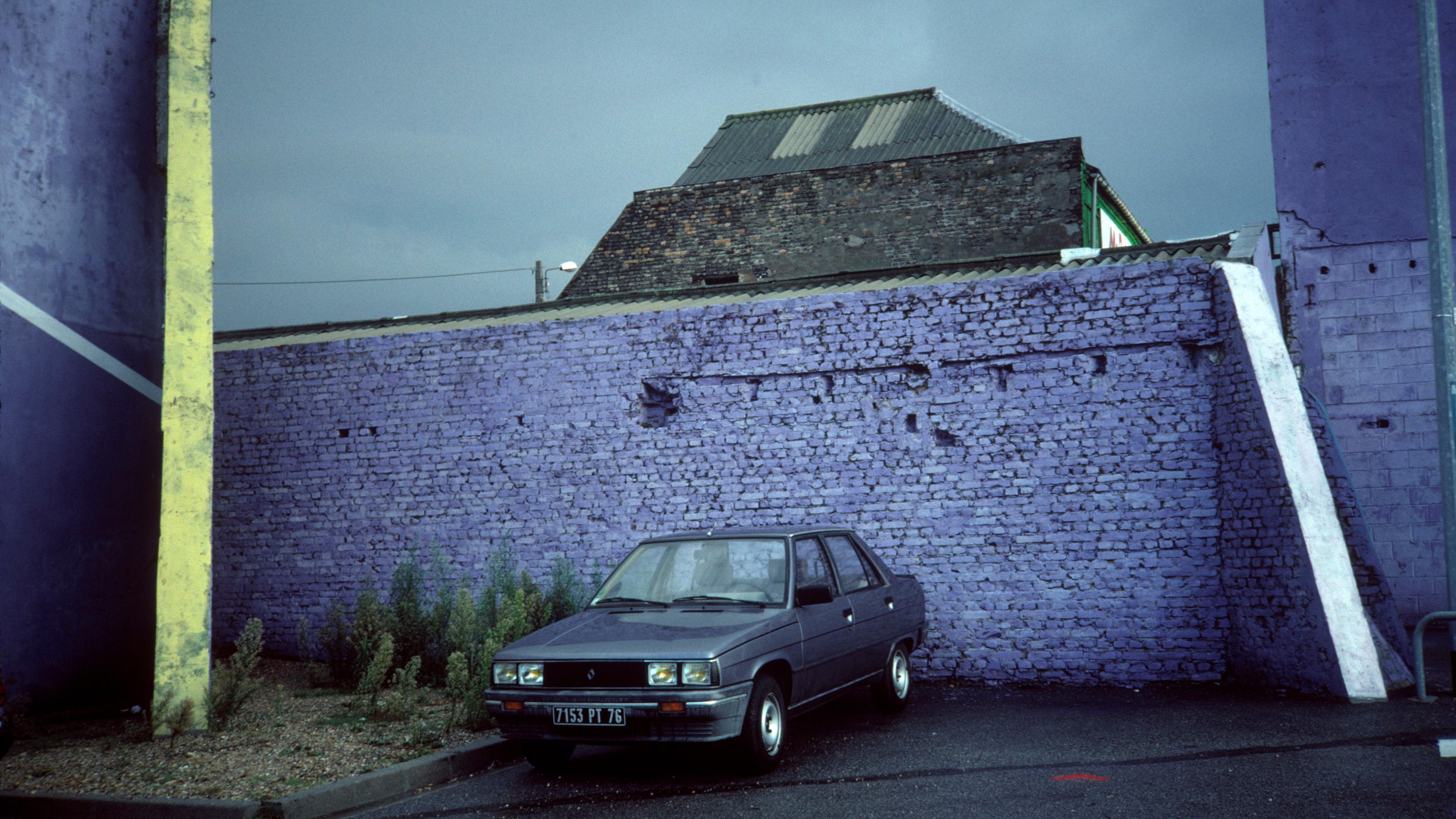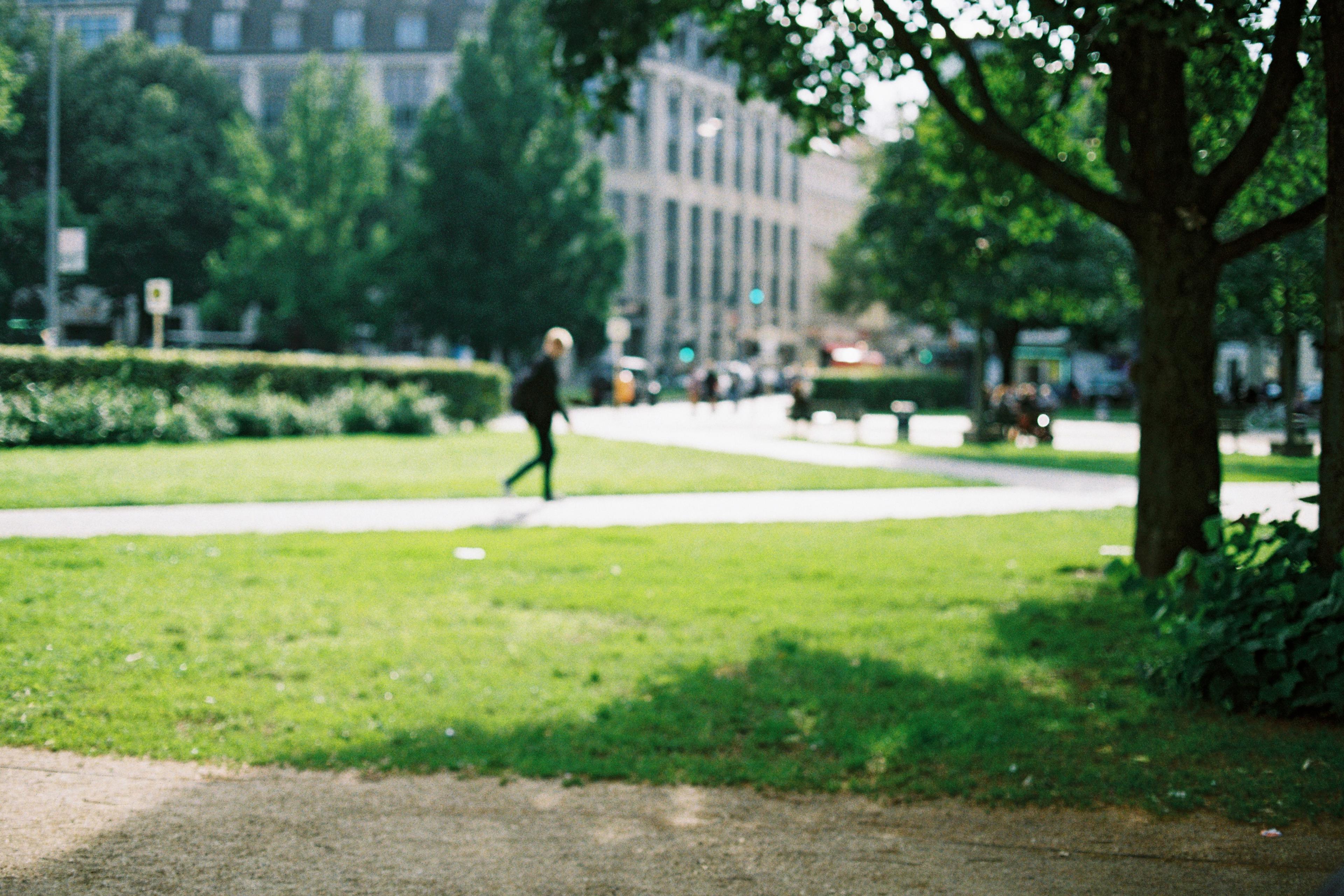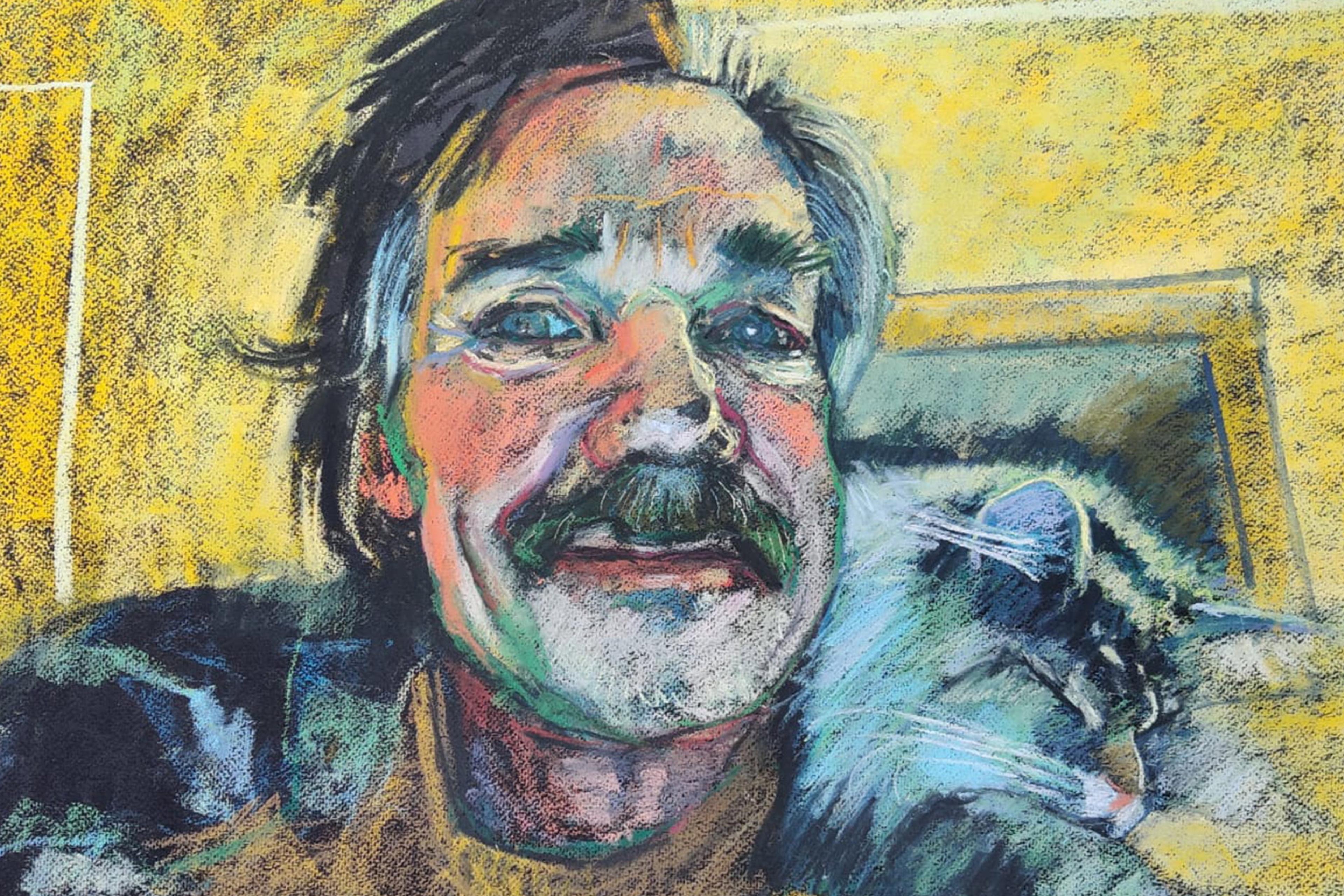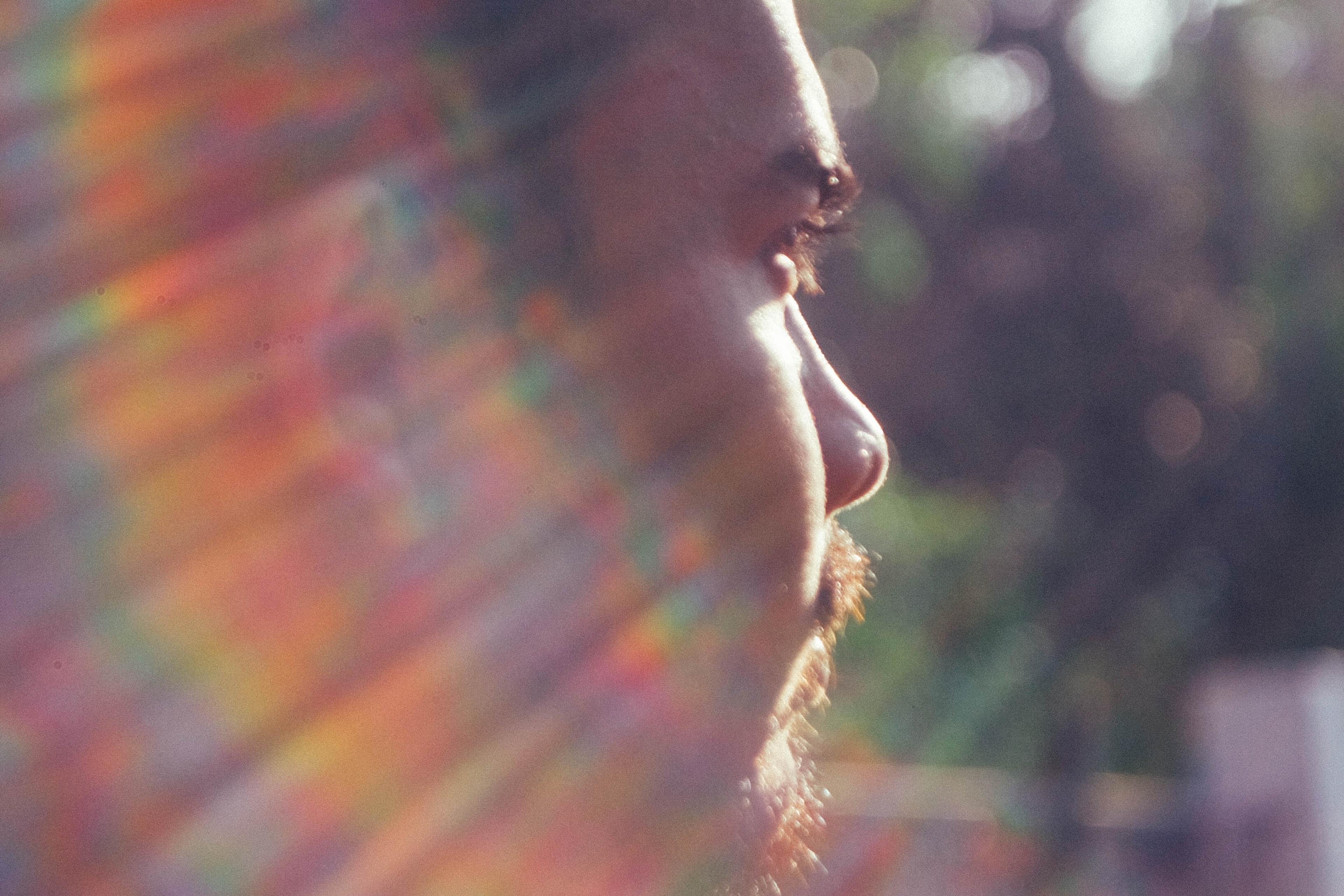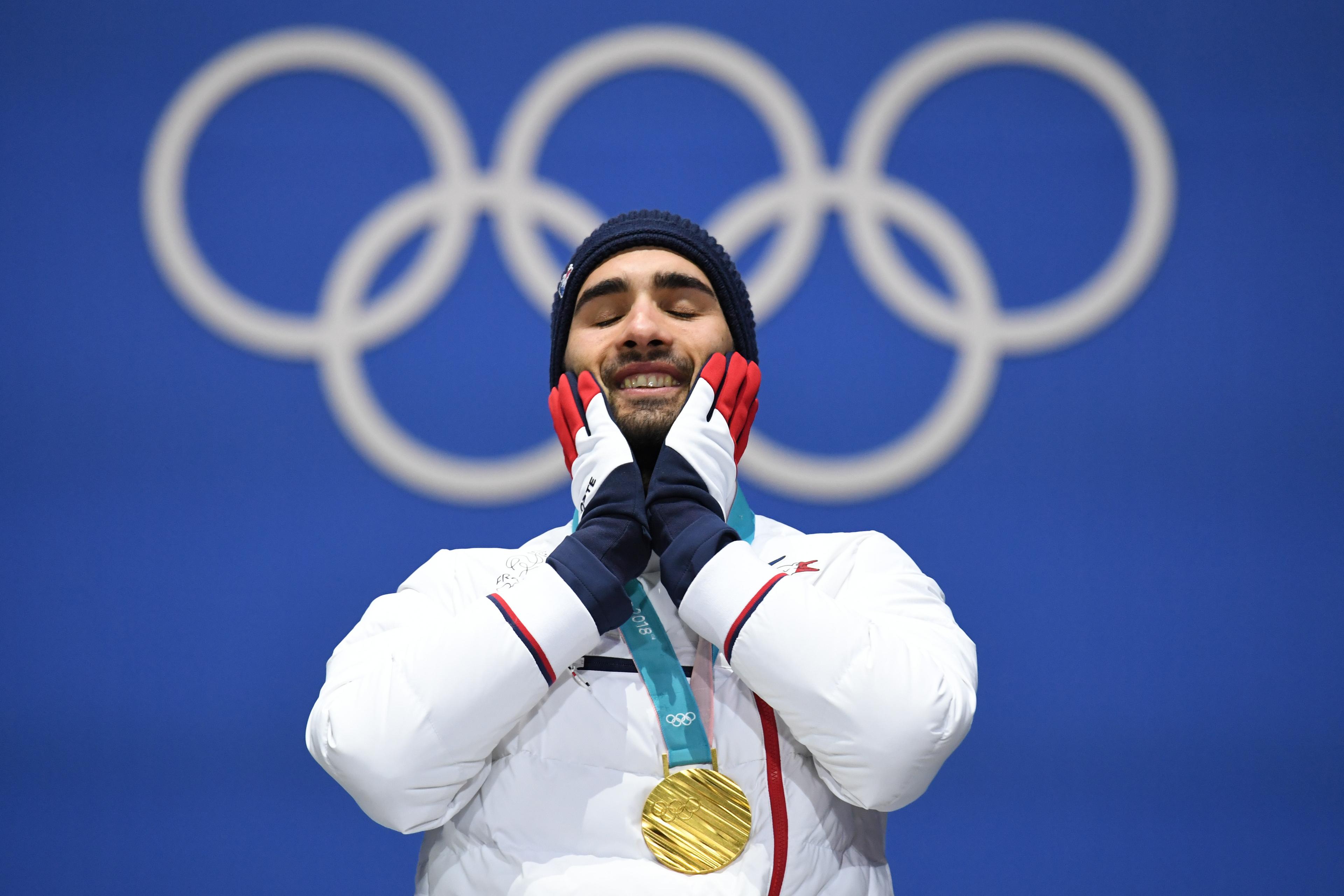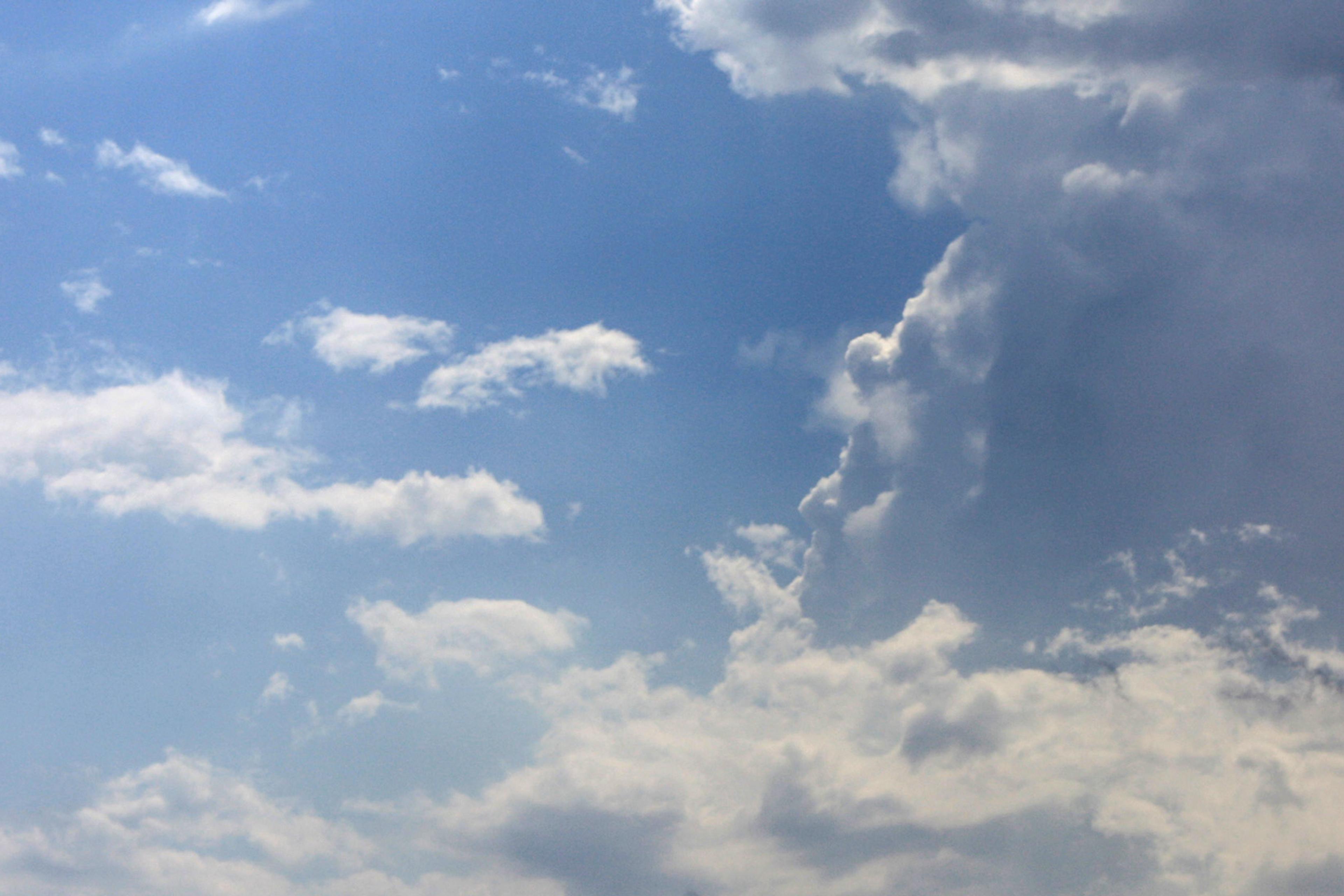In 1910, the psychologist Mary Cheves West Perky asked volunteers what you’d think would be an easy question for them to answer: is what you’re seeing real or imaginary? In her research, she told people to imagine objects, such as an apple, while looking at a wall. Then, secretly, she used an early projector called a magic lantern to cast the same image. The participants had trouble distinguishing what they perceived with their eyes from what they imagined in their heads.
This seminal experiment, and many since, have suggested that seeing and imagining seeing involve similar processes in the brain. This leads to a conundrum: ‘If the brain is treating imagination so similar to how it treats reality, why are we not confusing the two all the time?’ says Nadine Dijkstra, a cognitive neuroscientist at University College London.
In a modern-day exploration of what’s become known as the ‘Perky effect’, published recently in Nature Communications, Dijkstra and her colleagues asked more than 600 people to look at a static-filled screen, to imagine diagonal lines on the screen, and to report back how vivid the lines were on a scale of 1 to 5. As the experiment went on, similar to Perky’s study, the researchers secretly introduced real diagonal lines, to test how it affected what people thought they saw.
People with very vivid mental imagery could find distinguishing between reality and imagination more difficult
Like in Perky’s work, they found that people can quite easily mistake imagination and reality. But not always: and the key factor seemed to be how vivid or clear they perceived the image to be. People who said they saw a vivid diagonal line were more likely to say they thought it was real – whether or not it was.
Dijkstra says their findings imply that people check what’s real and what’s imagined against a ‘reality threshold’, in a process called perceptual reality monitoring. If a signal is weaker than that threshold, a person is more likely to consider what they see to be imaginary. If it’s as strong or stronger – then it’s more likely that they will consider it to be real. Dijkstra found further evidence of this same principle by re-analysing one of her earlier brain-imaging experiments: when study participants imagined seeing something, their brains showed similar patterns of activation in the visual cortex as when they were looking at that same thing, but the activation was generally weaker.
This means that people who have very vivid mental imagery could find distinguishing between reality and imagination more difficult; there has been some association between having vivid imagery and an increased likelihood of experiencing hallucinations. The results also have implications for how we might navigate a future with ever-more realistic augmented or virtual reality.
Intriguingly, our reality thresholds are probably always changing – so, as technology changes, so might we. Back when Perky was conducting her experiment, videos were rare, and people always believed what they were seeing was coming from their own minds. After all, what else could it have been? ‘If I hadn’t known I was imagining, I would have thought it real,’ one participant said.
